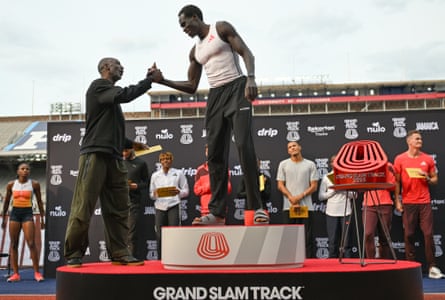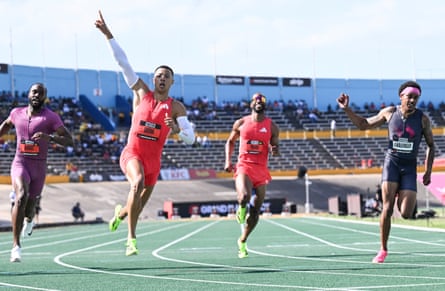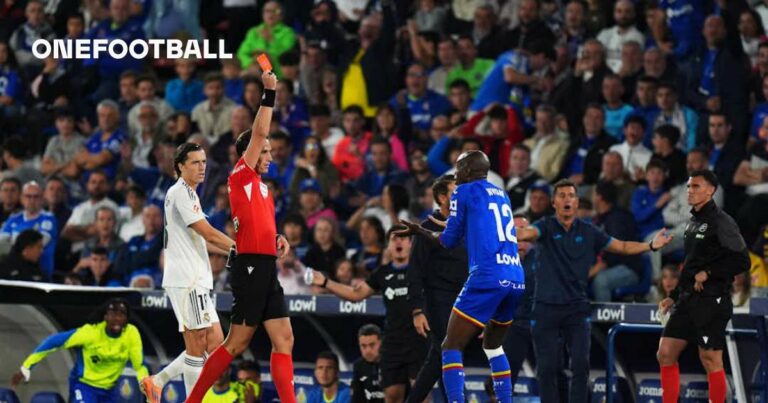
You don’t hear much about the featherless chicken any more, which on reflection is probably for the best. The idea was simple enough: for poultry-rearing purposes feathers are a nuisance, bearing significant costs in labour and industrial plant, so by breeding genetically modified feather-free chickens you could save the industry billions. Just imagine if you could also convince the chicken to eat sage and onion stuffing. Perhaps even baste itself in lemon butter at regular intervals.
Alas, when it was unveiled in 2002 by scientists at the Hebrew University of Jerusalem, the featherless chicken failed to take flight for one simple reason: it looked freaky as hell. It turned out that the feather layer, while gastronomically extrinsic, provided vastly underrated context. Above all, people did not want to see their Sunday dinner walking around in front of them. “It’s a normal chicken,” pleaded the geneticist Avigdor Cahaner, “except for the fact it has no feathers.”
Right now, we have to assume that Michael Johnson has more pressing matters on his agenda than the history of genetically modified poultry. But as he fights to save his cherished Grand Slam Track project – currently on the verge of collapse and being pursued by unpaid creditors in Lycra – the parable of the featherless chicken offers a salutary lesson in the dangers of injudicious plucking.

So where did it all go wrong? Within the sport a number of credible theories have been posited. The scarcity of genuine household names: no Noah Lyles, no Jakob Ingebrigtsen, no Keely Hodgkinson, no Karsten Warholm, no Femke Bol. A misguided focus on the North American market. Spending too much on prize money and not enough on, say, bonuses for world records. Often you would hear the commentators insisting that times didn’t matter, which felt like an interesting angle, to be sure.
But Grand Slam Track’s biggest selling point was also its biggest blind spot. There is a reason digital radios often styled to look like retro analogue radios, why ebooks try to recreate the sensation of turning a page, why Christmas crackers consist of a colourful cardboard wrapper and not just a single exploding stick. Sometimes substance matters less than the texture and feel. The consumer experience must be sensory, or it is nothing.
Field events may appear a superfluity, but without them the whole product falls apart. The essential appeal of elite athletics lies in its sprawling, village-fete ambience. The bits between the bits. The bits brushing up against other bits. The bits that can often be safely ignored, right until the moment they can’t. Mondo Duplantis going for another world record. Nafi Thiam’s and Katarina Johnson-Thompson’s epic duels in the heptathlon.

Other sports have already learned these lessons to varying extents. The Tour de France may sell itself on its mountain duels but without the sprint stages, the subplots, the rest days, the kamikaze breakaways, it is largely indistinguishable from the world’s hardest and most picturesque spin class. Cricket basically becomes less interesting the shorter it gets, more reliant on tactical gimmicks and window dressing. Sevens rugby is a tight, visceral spectacle that nonetheless can never touch the sides of an epic Test match.
Of course athletics remains a sport ripe for disruption and innovation, and while Johnson’s wheeze may have failed others will not stop trying. Alexis Ohanian’s female-only Athlos will stage its second event in New York in October. World Athletics has devised its own Ultimate Championship, to be held for the first time in Budapest in September next year. But for all the lavish prize money on offer, none of this really addresses the core issue: who is really asking for any of this? Who, other than athletes, is furiously demanding more athletics?
Perhaps Johnson was always the wrong guy to answer this question. As a brilliantly economical runner and then a brilliantly straight-talking pundit, his enduring superpower is a kind of super-efficiency, the ability to strip away ruthlessly that which did not matter and cut to the very core of the task. But mastering a sport and marketing a sport are very different skills. The path to adoration is littered with false economies and false compromises. And there are always – always – some feathers that simply cannot be plucked.




